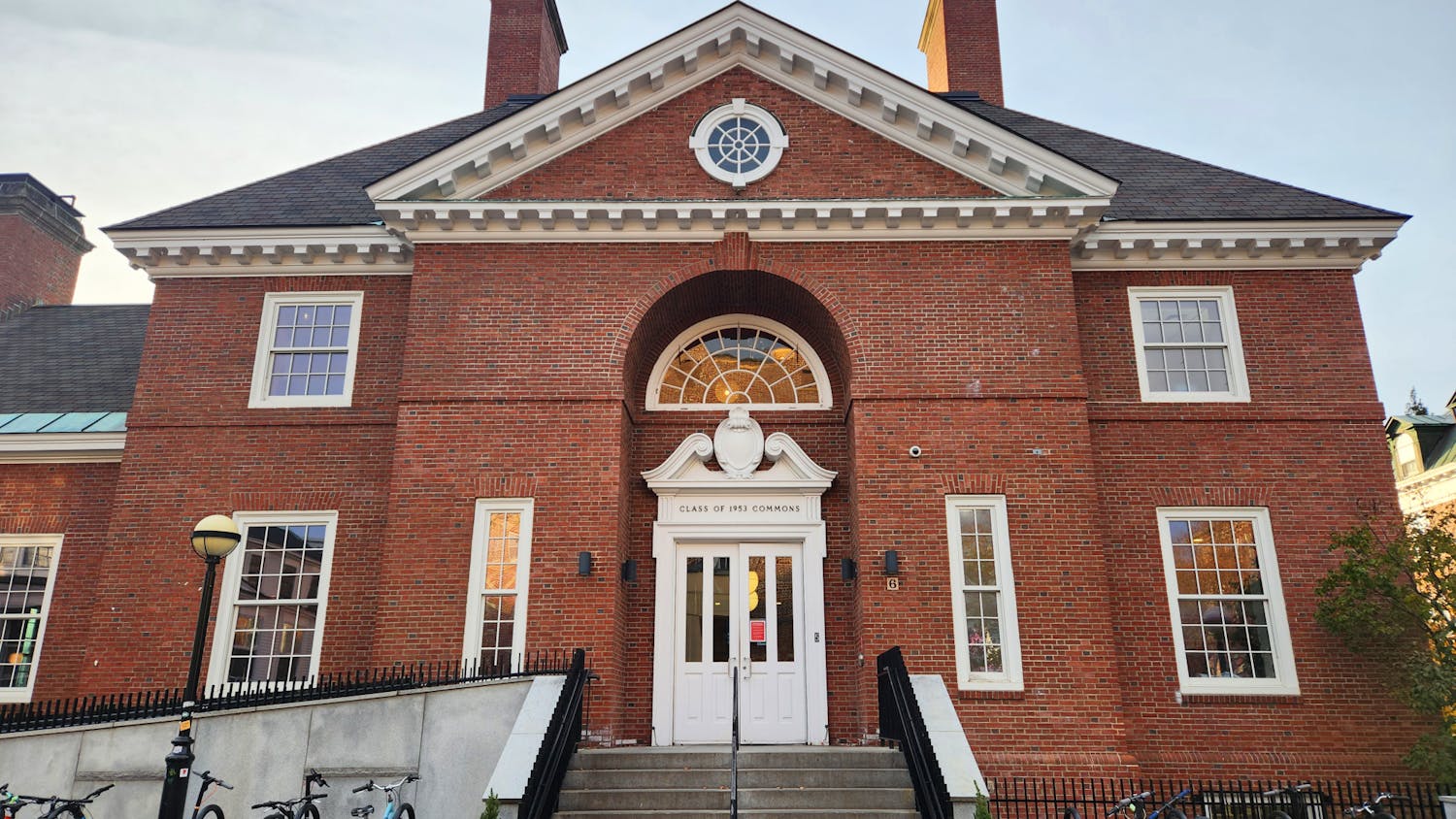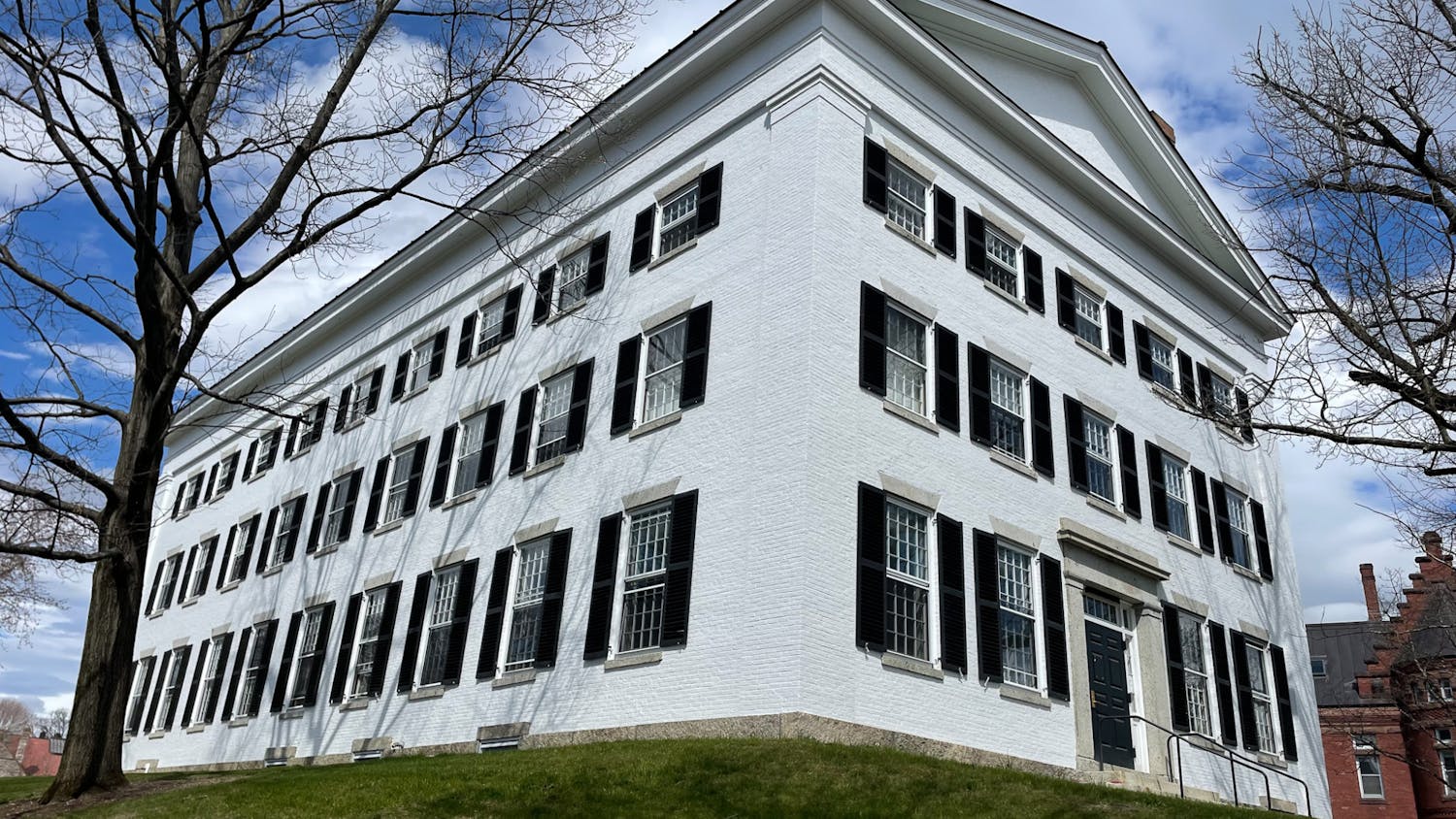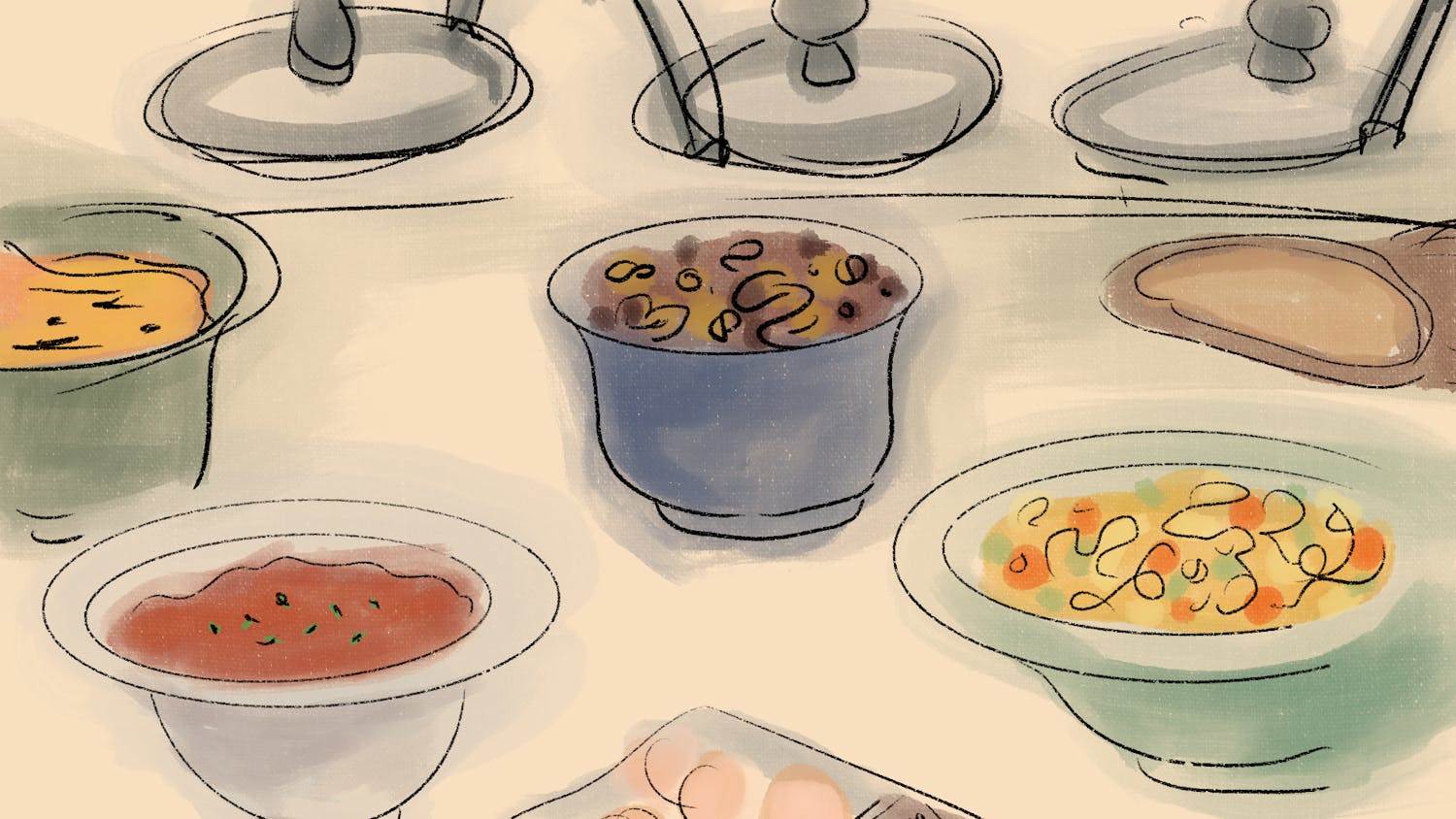Fresh snow covers the ground as the Dartmouth Coach pulls up in front of the Hanover Inn. I step off the bus, grab my suitcase and trek toward my dorm. It’s hard to imagine, but just six weeks ago the sun was out and the grass on the Green was visible. Now, a blanket of white covers the entire campus. Winter term has arrived.
The seasons all play a strong role in shaping the Dartmouth experience. Spring and the re-emergence of greenery creates Green Key, summer celebrates the chance to grow closer with one’s class, fall gives the campus beautiful foliage that add to the Homecoming festivities and winter brings the snow for Winter Carnival. With each season, more changes occur than just the campus’s scenery. Extracurricular activities, students’ social lives and even their health can all be affected. One of the most notable of these changes happen during winter term, bringing both positive and negative changes to campus.
Many changes are obvious: Sneakers are replaced with ski boots, Occom Pond becomes an ice skating rink and it takes much longer to get dressed each day. Other changes are less obvious, such as the emergence of Seasonal Affective Disorder, a type of depression that occurs during the winter months. According to the National Alliance on Mental Health, it is usually caused because of fewer daylight hours and consistent cloud cover. SAD can lead to feelings of hopelessness, changes in appetite and disruptions in sleeping patterns. Furthermore, it is found in around 4 to 10 percent of the general population, and it is most common among adults aged 18 through 30, according to the NAMI.
Gayle Marshall, a licensed clinical social worker, shed light on the causes of SAD.
“Seasonal Affective Disorder is a condition that occurs when a person does not have enough exposure to sunlight,” she said.
Marshall added that Seasonal Affective Disorder can occur in a variety of places, even in southern climates that get more sunlight, but that one’s susceptibility increases in locations further north. Light therapy can be used to help prevent SAD. The light boxes mimic sunlight and can help relieve symptoms, such as improve mood and sleep.
Marshall said the light can be a good way to prevent seasonal disorders such as SAD.
“Not only is it treatable, it is also preventable by getting the light,” Marshall said.
Light boxes can be rented from Dick’s House for up to two weeks at a time, and the NAMI recommended that one uses them for around 30 minutes each day for the optimal effect.
Another seasonal challenge is what some students call the “sophomore slump.” Herbert Chang ’18 described the “sophomore slump” as a time when many sophomores feel down. Chang said it can be caused by several different factors such as the stress of choosing a major or changing friendship circles.
“You feel that you are spending more time with your major friends, but you don’t know them quite as well,” Chang said. “Freshman friendships might have not worked out, and so, coupled with getting to declare a major, it can be a bout of loneliness.”
Winter term brings students snow, and with it, new challenges and experiences. Chang mentioned that for many international students it’s their first time seeing snow, and so the excitement outweighs the drawbacks of the season. Winter Carnival is a highlight for many students, as well as a time for ample opportunities to ski, skate and sled. Beyond the social and sport options to look forward to winter term, Chang stated that it is easier to work on academics because of the increased time students spend indoors.
“I’ve heard a lot of people say it’s a good term to do four courses,” he said. “The snow looks a lot better from the inside than from the outside.”
Going outdoors when it’s sunny or renting one of the light boxes when one starts to feel down can work wonders for one’s health. In turn, students can remain productive and motivated during the long winter months and enjoy the divisive term. And there’s always warm drinks to help power you through the harshest of winters. Chang, who runs Sanborn Tea in Sanborn library, said that tea time is much more popular during the winter.
“My guess is King Arthur Flour revenue goes [through] the roof because everyone drinks a lot more hot drinks,” he said. “At least, that’s how I partition my spending.”



